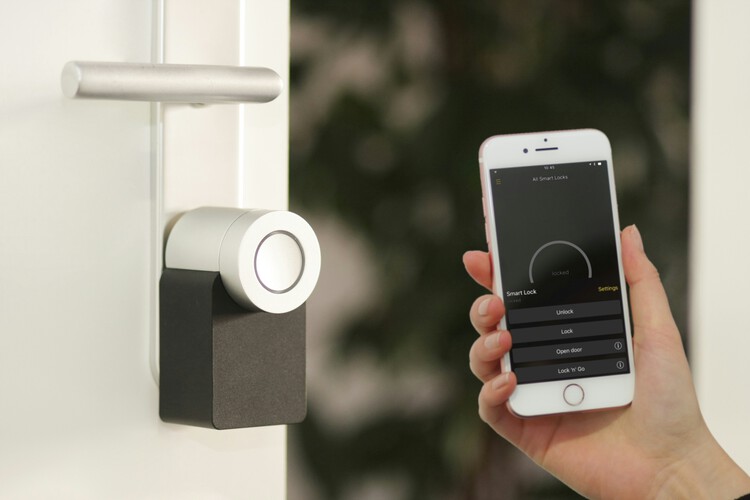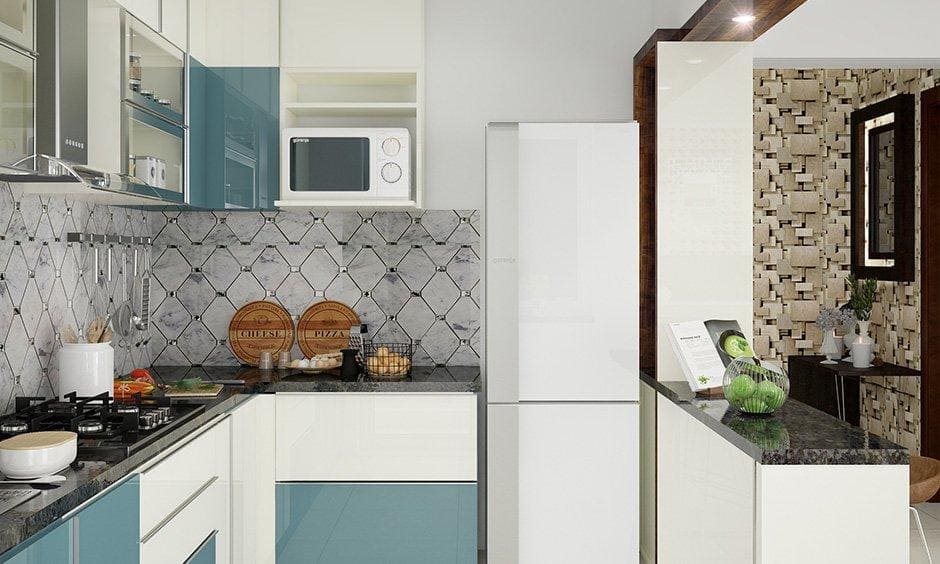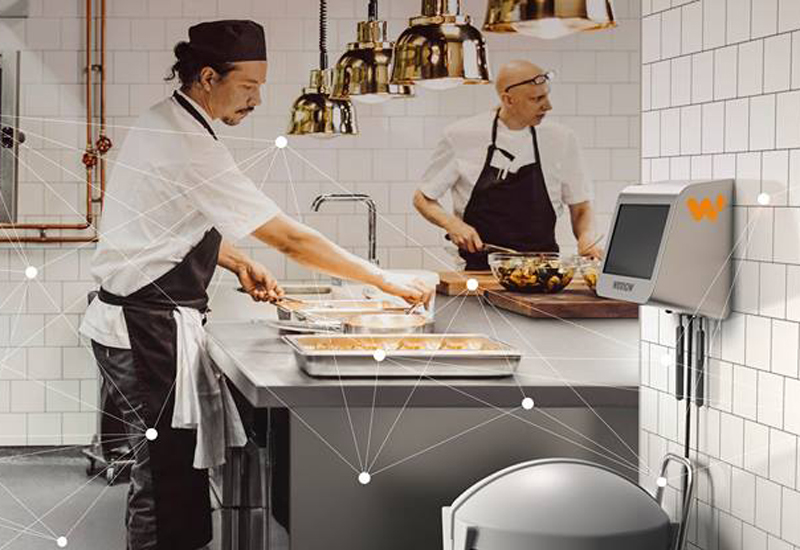Welcome to the world of home automation, where technology meets convenience! If you’re a beginner eager to dive into the realm of smart homes, you’ve come to the right place. In this guide, we’ll explore the basics of home automation and how it can transform your living space. Whether you’re a tech enthusiast or just curious, this article will provide the insights you need to get started with home automation for tech beginners.

What is Home Automation?
Home automation refers to the process of using technology to control and automate various household tasks and functions. From lighting and security to entertainment and climate control, home automation systems can make your life easier and more efficient.
Benefits of Home Automation
Convenience
Imagine controlling your lights, thermostat, and security system with a simple voice command or a tap on your smartphone. Home automation offers unparalleled convenience, allowing you to manage your home from anywhere.
Energy Efficiency
With smart home devices, you can optimize energy usage by scheduling lights and appliances to turn off when not in use. This not only reduces energy bills but also contributes to environmental conservation.
Enhanced Security
Integrating security devices like cameras and motion sensors into your home automation system enhances your home’s security. You can monitor your property in real-time and receive alerts in case of suspicious activity.
Getting Started with Home Automation
Identify Your Needs
Before diving into home automation, identify the areas of your home that could benefit from automation. Do you want to focus on security, energy efficiency, or entertainment?
Choose the Right Devices
There are a plethora of smart devices available, from smart bulbs and thermostats to security cameras and voice assistants. Research and choose devices that align with your needs and budget.
Set Up a Smart Hub
A smart hub acts as the central control unit for your home automation system. It connects and communicates with all your smart devices, allowing you to control them from a single app.
Popular Home Automation Devices
Smart Speakers
Devices like Amazon Echo and Google Home serve as voice-controlled assistants, enabling you to control other smart devices using voice commands.
Smart Lighting
Smart bulbs and switches allow you to adjust lighting remotely, set schedules, and even change colors to create the perfect ambiance.
Smart Security Cameras
These cameras provide real-time video feeds and motion alerts, ensuring your home is always under surveillance.
Challenges of Home Automation
Compatibility Issues
Not all smart devices are compatible with each other. Ensure the devices you choose can integrate seamlessly into your existing system.
Security Concerns
With increased connectivity comes potential security risks. Protect your network with strong passwords and regular updates.
Future of Home Automation
The future of home automation is promising, with advancements in AI and IoT. We can expect more intuitive and interconnected systems that further enhance our quality of life.
Conclusion
Embarking on the journey of home automation can be both exciting and rewarding. By understanding the basics and choosing the right devices, even tech beginners can create a smart home that offers convenience, efficiency, and security.

FAQs
What is the cost of setting up a home automation system?
The cost can vary widely depending on the complexity and number of devices. Basic setups can start at a few hundred dollars, while more advanced systems can cost thousands.
Can I install home automation devices myself?
Many smart devices are designed for DIY installation, and manufacturers often provide detailed instructions. However, for complex systems, professional installation may be advisable.
Is home automation secure?
While home automation offers enhanced security features, it’s crucial to safeguard your network with robust passwords and regular updates to protect against cyber threats.





